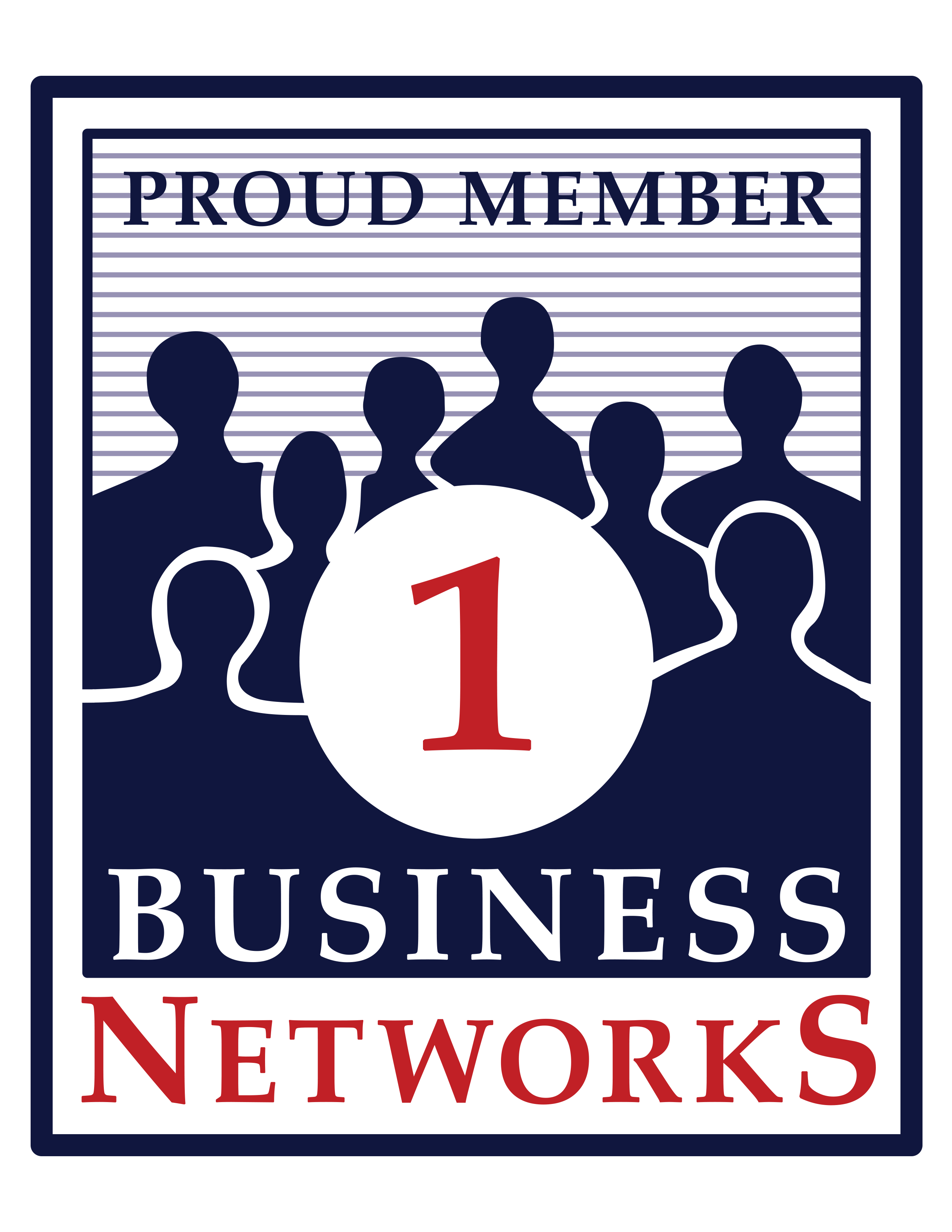Grow Your Business, Shrink Your Stress | Business Networks


Grow Your Business
by Les Cunningham at Business Networks
It seems that the current trend in the industry is to grow one’s business by opening an additional office in another town, the logic being that if your existing office is doing $1 million, then opening a second office will bring in an additional $1 million.
Uh huh. Having watched this process occur over and over, it appears that most of the time, it doesn’t quite go that way. Actually, what seems to happen most of the time is:
The owner starts working more hours.
The owner starts spending more time at the new location.
The owner starts spending less time at the first location.
The first location starts to lose direction, momentum and money.
The second location has to hire some, if not all, new people.
The second location needs additional equipment.
The second location takes jobs at below normal pricing to get started.
The second location starts to be a drain on the cash of the first location.
The headaches increase at both locations.
The risk has at least doubled for the entire company.
A restoration company needs at least 10% of its sales volume in cash to keep the company running smoothly (I strongly suggest keeping 20% liquid). Unfortunately, most company owners believe that they will “lubricate” the new office out of their existing operation’s cash flow.
What usually happens is that both existing and new become starved for cash. It’s the equivalent of “leaning out” the economic engine to the point of starving both companies of cash, and both locations will come to a screeching stop.
Think back to the time when your business was smaller and a lot simpler to run. If you went back and analyzed it, you would find that, for the effort you were expending, you were actually making the maximum return on your efforts. This is known as the “sweet spot” in business and is the lowest stress point in a business.
Stress is a major factor that affects health. The higher the stress level, the higher the potential risk to your health. A lot of owners do not get an annual physical. As a result, they are unaware of what stress is doing to them.
When they finally do have a health issue, it’s much more serious than it would have been had they been getting regular check-ups and addressing issues as they occurred. I believe that, for the risks a working owner takes running the business and the stress being shouldered, he or she needs to earn 10% of their total sales in compensation and 10% of their total sales in net profit.
I know, you are a lot less stressed when you have what you consider to be a “comfortable” cash cushion. A word to the wise: dealing with banks, when you need money, they will not lend it to you. When you don’t need the money, they will lend you all that you care to borrow. So have the ability to borrow the cash you need before you need it.
The most stress that I see is when companies grow their volume and outrun their available cash. It’s very easy to get ahead of your cash when you do not control your receivables. Where there is much less stress is when the owner grows and controls their profitability.
Let me ask you, which company you would rather have?
A company that does $1 million and pays you $200,000.
A company that does $10 million and pays you $200,000.
I don’t know about you, but I would much rather make the same money running the former; it’s easier to run a smaller company!
A lot of owners believe volume is synonymous with intelligence, meaning that he who has the largest volume in the business is the smartest person in the business. Ego is a very necessary requirement to be successful in business; it’s just as necessary to learn how to control it. For example:
A young and very aggressive Harvard MBA who had no industry experience was determined to show his business network how it was supposed to be done. He refused all help, bought the company and proceeded to add multiple additional locations around his state. His avowed goal was to grow his volume at a rapid pace.
As he grew the volume, the easy part, he quickly discovered was that insurance companies are slow to pay companies, and that he was unable to borrow enough additional money to operate the business on while he was waiting for payment. The standard bank line of credit is based on collateral and/or a percent of your receivables, usually 70% and for a term of time, usually 60 days. What he discovered was that when he needed additional money, no one was willing to loan him any. In spite of his Harvard MBA and his motivation, he ran out of money and both he and the company went bankrupt.
Example two: A company’s owners decided to grow their profitability and let volume happen out of the effort. Their prime motivation was very simple: they “wanted to be able to sleep at night.” They worked constantly at every job being produced at their bid margin, believing it wasn’t worth taking a job that they could not make money on. It did not go perfectly, but it did go forward and upward. They have quadrupled their volume at their desired profit margin. They have also saved a sizeable amount of money and are able to build a new building this year.
What am I trying to tell you? You need to grow your profitability first, your volume second and your ego third.
Wishing you good profits, good volume and a good business life!
Les Cunningham
Les Cunningham, CGC,CR,CCR,CGRa, is president and CEO of Business Networks, Inc. He is a restoration industry expert and can be reached at 1-800-525-1009, ext. 14 or e-mail him at Les@BusinessNetworks.com.
